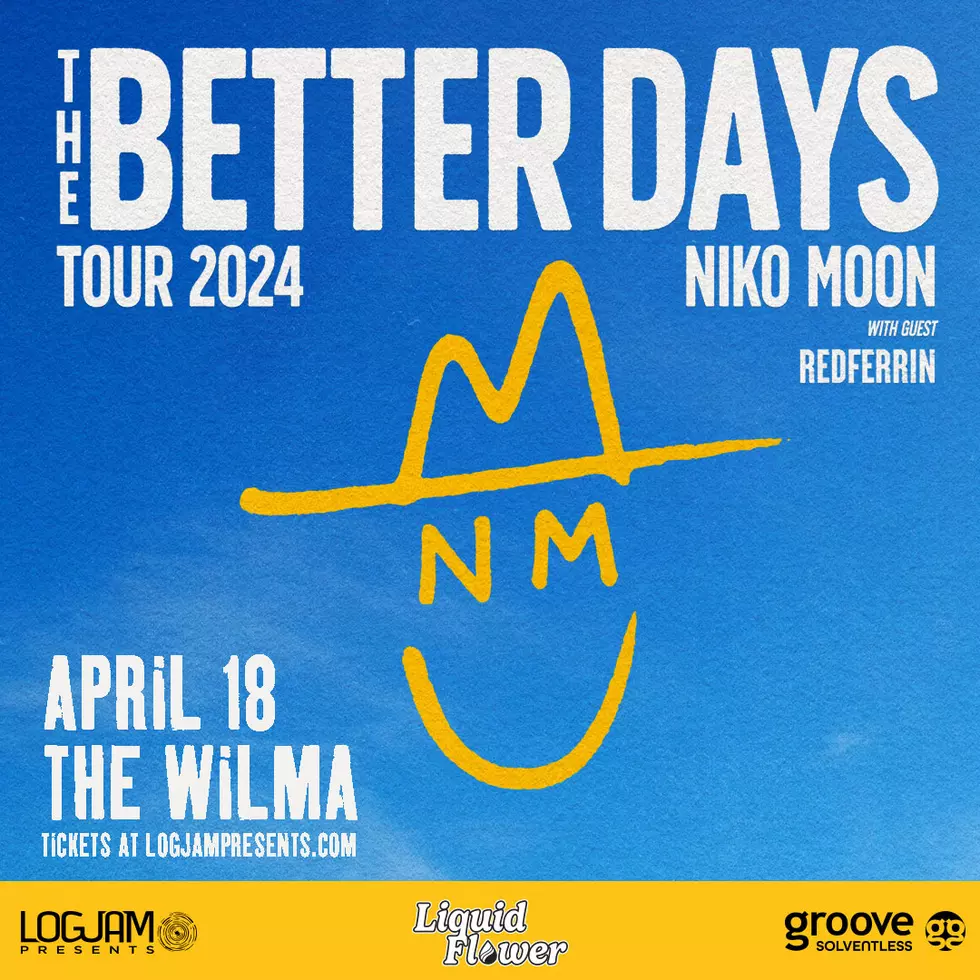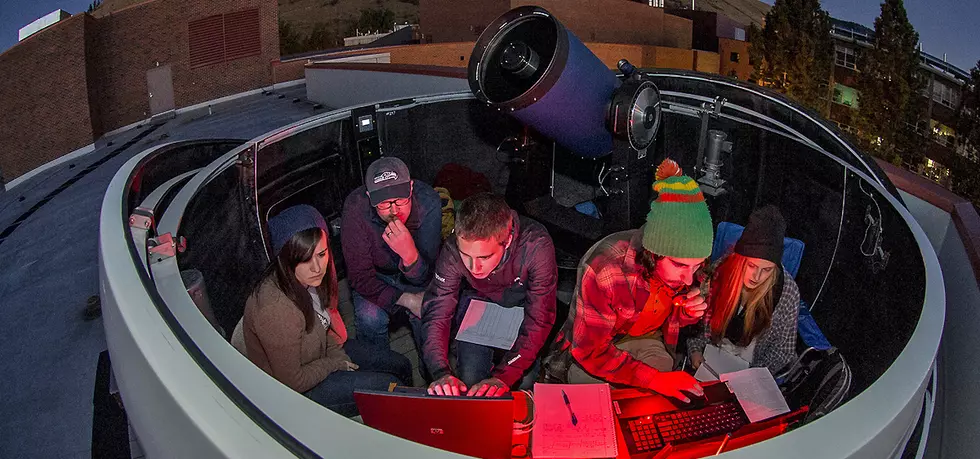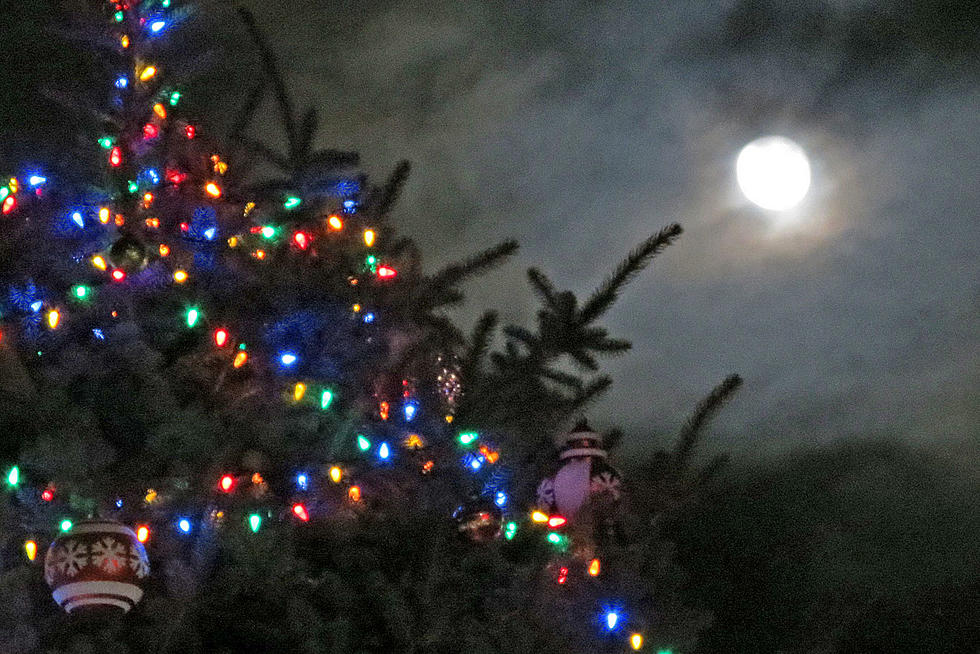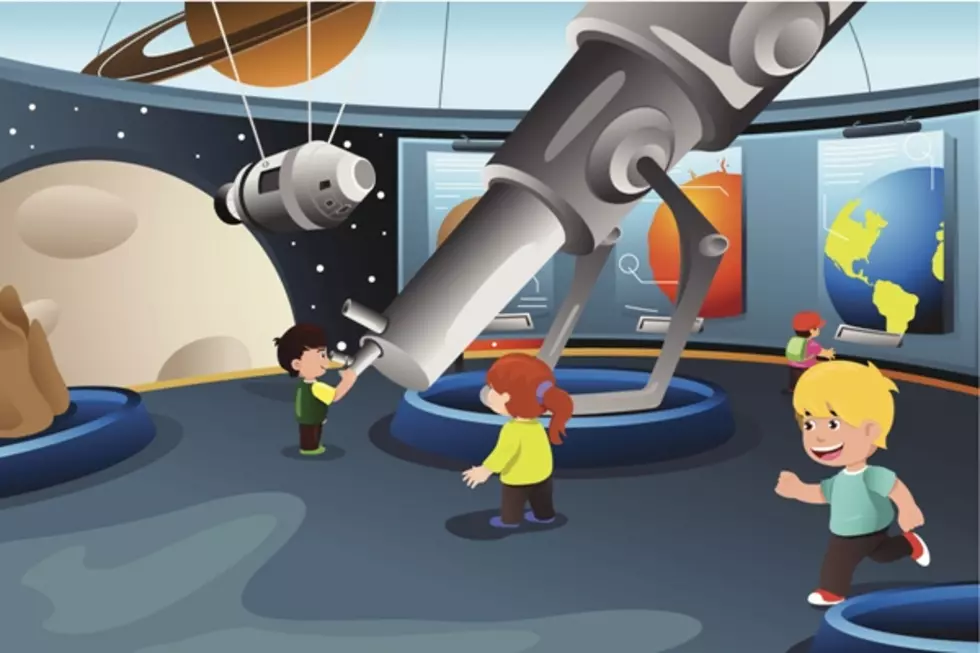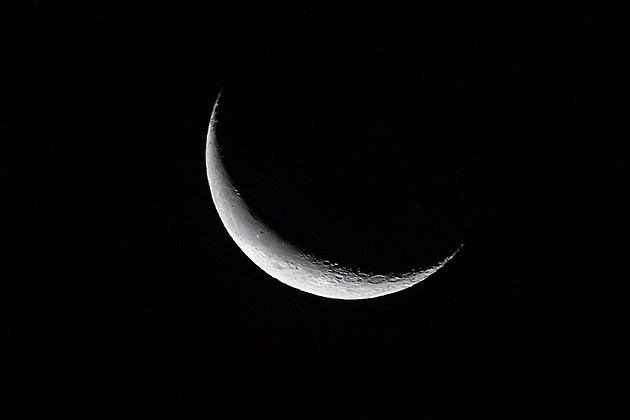
Night Sky Brings A December Show
I know the clouds have prevented western Montana skygazers from seeing much at night recently, but we have more in store in the next few days. Unfortunately, I'm noticing a line of storms heading our way from the Pacific coast, too. The Geminids meteor shower was apparently a pretty good one with over 100 meteors per hour at its peak. Our western Montana sky was filled with clouds, not meteors. Even the folks who were watching the total eclipse of the sun in South America this week generally were looking through clouds.
To make you feel a little better, the two recent storms on the Sun that sent energy our way were supposed to produce Northern Lights last weekend and this week. Well, the storms missed the planet and the colors were only visible in the usual places above the Arctic Circle. You can see some of the photos at spaceweather.com.
You may have been hearing or reading about the Grand Conjunction between the planets Jupiter and Saturn. The two bright spots to the southwest after sunset are getting closer and closer. On December 21, which is also the day of the Winter Solstice, the two planets will be so close that it might look like a single bright spot in the sky. But don't wait until then. The Moon (photo above) will be close to the planets just after sunset on the next couple of nights, December 16 and 17. On the night of the conjunction, this is the closest the two planets will be (from our viewpoint on Earth) since the 1600s. And, of course, out there in their orbits around the Sun, they're actually millions of miles away from each other. Confused? Ask your kids about orbital mechanics.
Speaking of families, a cloud-free winter sky is a great way to introduce someone to the Solar System and constellations and how cultures have embraced the night visions.
As I read somewhere - "Night hides the world, but reveals the Universe."
Goosebumps and other bodily reactions, explained
More From 94.9 KYSS FM
